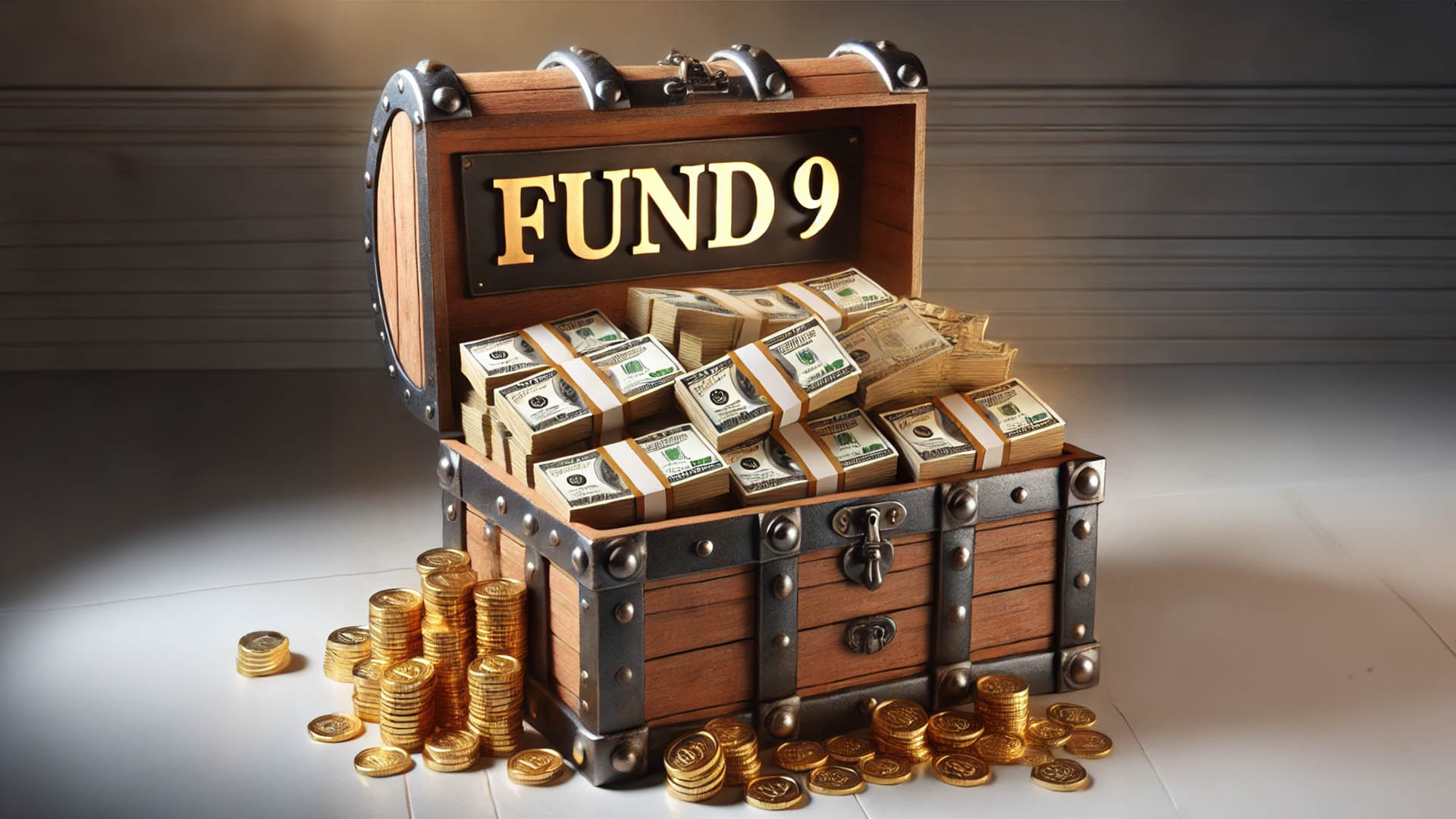Markets have absorbed this morning’s first US Federal Reserve rate rise in nine and a half years, with less volatility than forecast.
The rate rise ended in a 10-0 vote on the Open Markets Committee, ending to zero to 0.25% regime that had been in place since December 2008 when the GFC was at its deepest and the US economy was struggling to avoid a deep recession.
The Fed said the economy was ready for a rate hike and “solid” consumer spending and business fixed investment were offsetting weakness in exports. Unemployment is around 5% and job creation is running above 200,000 new jobs a month.
And while inflation remains well short of the 2% target, the Fed said it expects that to ‘normalise’ (rise) next year.
The US central bank announced a quarter-point increase in the target range for the federal funds rate to 0.25%-0.5%. This is expected to first of three or four in the next year.
And that’s what caught the eye of economists and analysts because on the face of it, it is much stronger stance than many had expected – some commentators are now claiming the Fed has moved from a ‘dovish’ or mild view of the economy, inflation and rates, to a more ‘hawkish’ stance.
The so-called ‘dot plot’ which registers where the 10 members of the Open Markets Committee think rates will be in the future, still show rates rising to 1.4% by the end of next year, which has added to the changed view among analysts. This is likely to see markets sell off in coming days as this morning’s statement and Ms Yellen’s comments are reassessed, especially her views on inflation in the American economy.
They promised a “gradual” rate of future increases in the federal funds rate ,adding that given the current shortfall in inflation compared with its 2% target, it would “carefully monitor actual and expected progress” towards its inflation goal.
And the Fed also made clear that it would not move to shrink its $US 4.3 trillion balance sheet until normalisation of interest rates was “well under way.” That could be 2017, according to some US analysis this morning.
The increase may have been ‘only’ 25 basis points (0.25%), but it is a historic gamble by Fed chair Janet Yellen. She is facing into considerable headwinds in the US economy from low inflation and weak global growth.
Global economic growth has weakened this year, not strengthened (especially emerging markets like Brazil), commodity prices are continuing to fall (oil prices lost more ground overnight, both before and after the Fed decision was announced) and the Fed’s foreign counterparts such as the Bank of England, the Bank of Japan and especially the European Central Bank are maintaining, or expanding already ultra loose monetary policy.
Inflation remains weak, but Ms Yellen made it clear she and many on the Fed regard to current weak level of cost pressures to be a temporary thing. Ms Yellen told a media conference that yes, inflation remains well below 2%, but “transitory” factors ranging from weak energy prices to the strong dollar are holding it down, and eventually will recover.
“In light of the current shortfall of inflation from 2%, the FOMC will carefully monitor actual and expected progress toward its inflation goal,” the post meeting statement said.
And Ms Yellen told her media conference that “Market-based measures of inflation compensation remain near historically low levels, although the declines in these measures over the past year and a half may reflect changes in risk and liquidity premiums, rather than an outright decline in inflation expectations.”
She made it clear she sees oil prices steadying (which will produce a rise in inflation over time), and the strong US dollar could reverse.
There were few changes in the accompanying updated economic forecasts released this morning. Perhaps the most notable was the forecast rise in inflation.
The Fed still expects inflation to pick up sharply next year to a 1.6% annual rate from 0.4% rate this year. This is down only slightly from 1.7% forecast in September.













